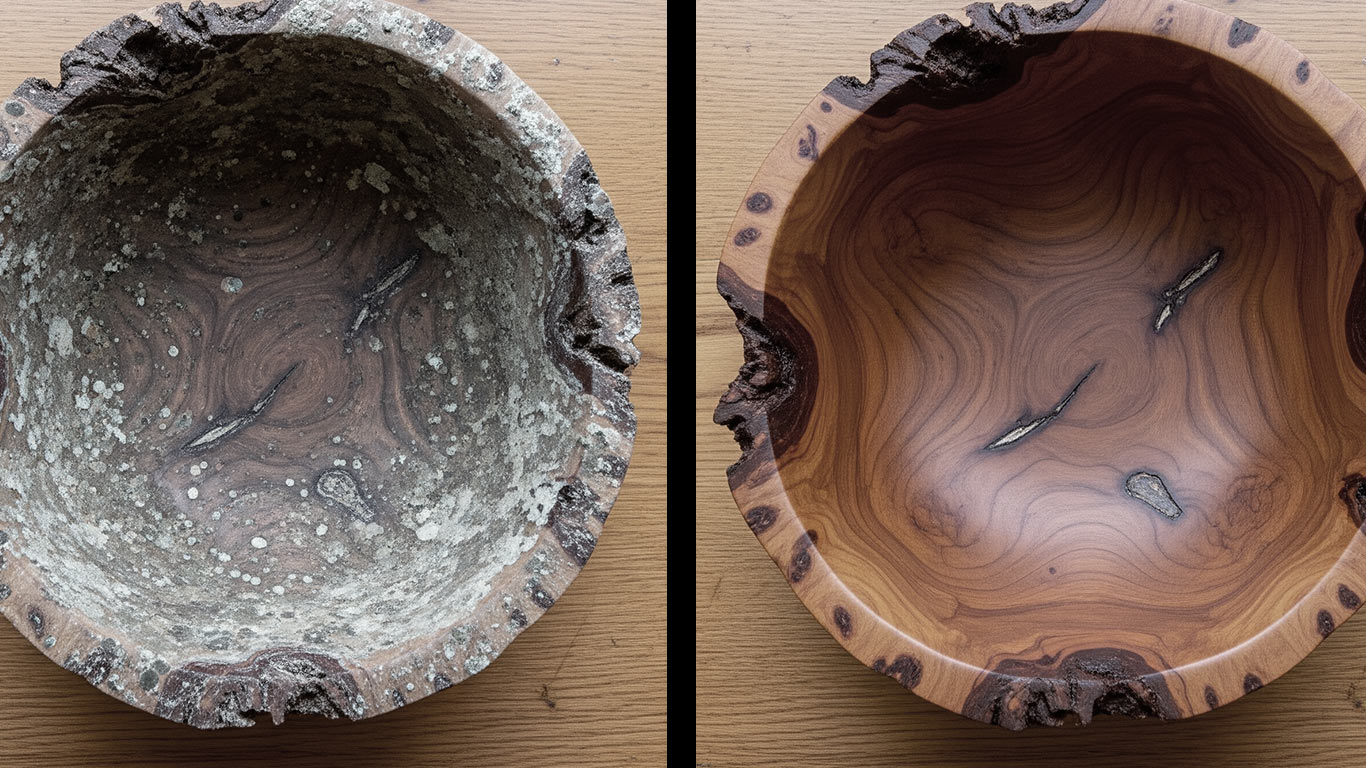
FDA
FDA 21 CFR 1040.10 - Laser Product Performance Standards



When laser cleaning redwood, note its natural porosity that embeds contaminants deep inside, yet this same quality lets gentle pulses renew surfaces smoothly without splintering the soft grain.
At 1000x magnification, the redwood surface looks cluttered with fine dirt particles clinging tightly to the wood fibers. Grime fills the small pores, making everything seem uneven and dull. Debris scatters across the texture, hiding the natural grain beneath.
After laser treatment, the same view reveals clean fibers standing out sharp and clear. Pores open up empty, free from any stuck residues now. The surface appears smooth and vibrant, with the grain shining through evenly.

FDA 21 CFR 1040.10 - Laser Product Performance Standards

ANSI Z136.1 - Safe Use of Lasers

IEC 60825 - Safety of Laser Products

OSHA 29 CFR 1926.95 - Personal Protective Equipment